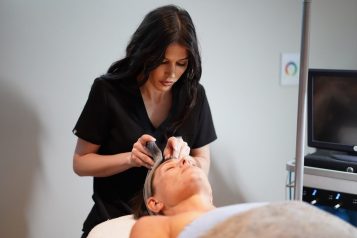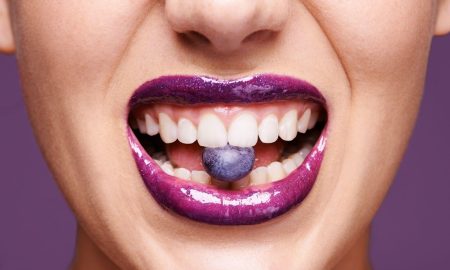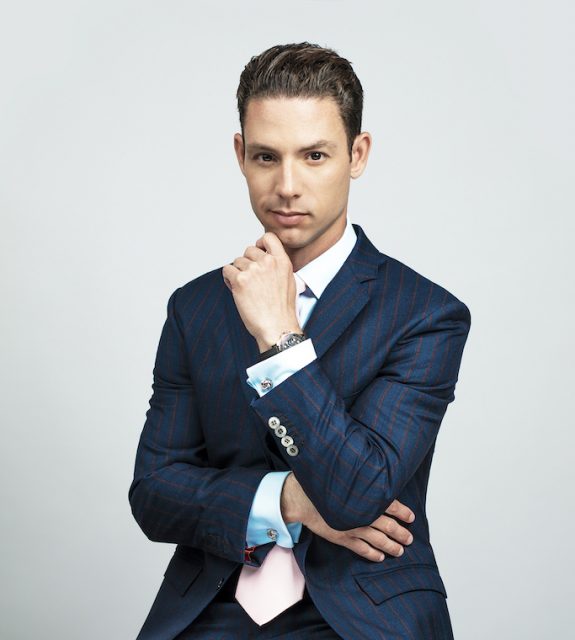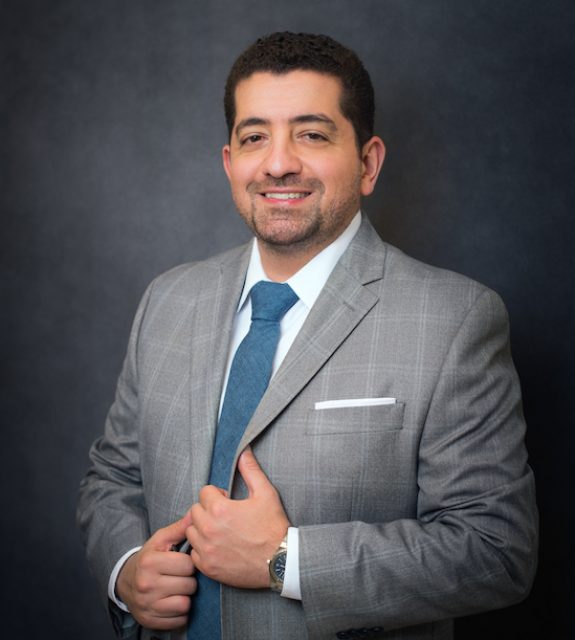 Photo Credit: Shutterstock
Photo Credit: Shutterstock
TikTok influencers have claimed that taping your mouth while sleeping will train your mind to breathe through your nose. As users got whim of what was believed to be a fact, they soon realized this was merely a way for a video to go "viral." Taping your mouth is not a safe solution to breathing properly through your nose, nor is it supported by research.
Several months ago, Haute Beauty expert Dr. Samuel Lin heard about this trend from a patient who was seeing him about functional rhinoplasty — surgery for improving breathing. Surprised by how someone would tape their mouth closed to try to force themselves to breathe through their nose, he shared his insights on the quickly growing acquisition. Here's what he shared.
Dr. Lin's Insights on Mouth Taping
Granted, there are several reasons why people do not breathe through their nose well, and they should see a board-certified rhinoplasty surgeon. Nonetheless, there are different reports of the benefits of breathing through one’s nose, likely during the day and at night. These benefits include meditative and relaxation techniques to improve wellness. Attempting to decrease air going through their mouth may prevent dryness and improve mouth hygiene, for instance.
However, it is unlikely that mouth taping will completely prevent any air from going through the mouth, as air will likely travel through the corners of the mouth. Additionally, there are potential health hazards from solely trying to breathe through the nose, as in patients who have obstructive sleep apnea (OSA). These patients who are diagnosed through a sleep study prescribed by your doctor have structures in the back of the mouth (tonsils, the base of the tongue, adenoid tonsils, back of the palate) that cause a person to temporarily momentarily have pauses in their breathing pattern while sleeping. Sleep apnea over time may cause more serious health hazards that affect the heart and lungs.
Separately, it is unlikely a short course of mouth taping will change the bone structure of a person’s jawline. The facial bones develop through the teenage years and into youth adulthood and are only changed through procedures that involve shaping the jaw (moving the jaw forward or backward by craniofacial surgeons), a chin implant, or meticulous management of individual teeth through specialists (oral surgeons, dentists). These procedures, though they can be involved and require a recovery time, often yield significant lasting changes. Nonsurgical treatments of the jawline will usually involve filler placement to define the angles of the jawline or injectables/minimally invasive procedures to decrease fat in the area below the chin area.
If you are experiencing difficulty breathing through your nose, it is important to seek professional medical advice. Consulting with a board-certified rhinoplasty surgeon would be appropriate in such a situation. These experts can evaluate your condition, identify any underlying causes, and provide appropriate recommendations for improving your breathing!
For more information, visit Dr. Samuel Lin's social media:
























